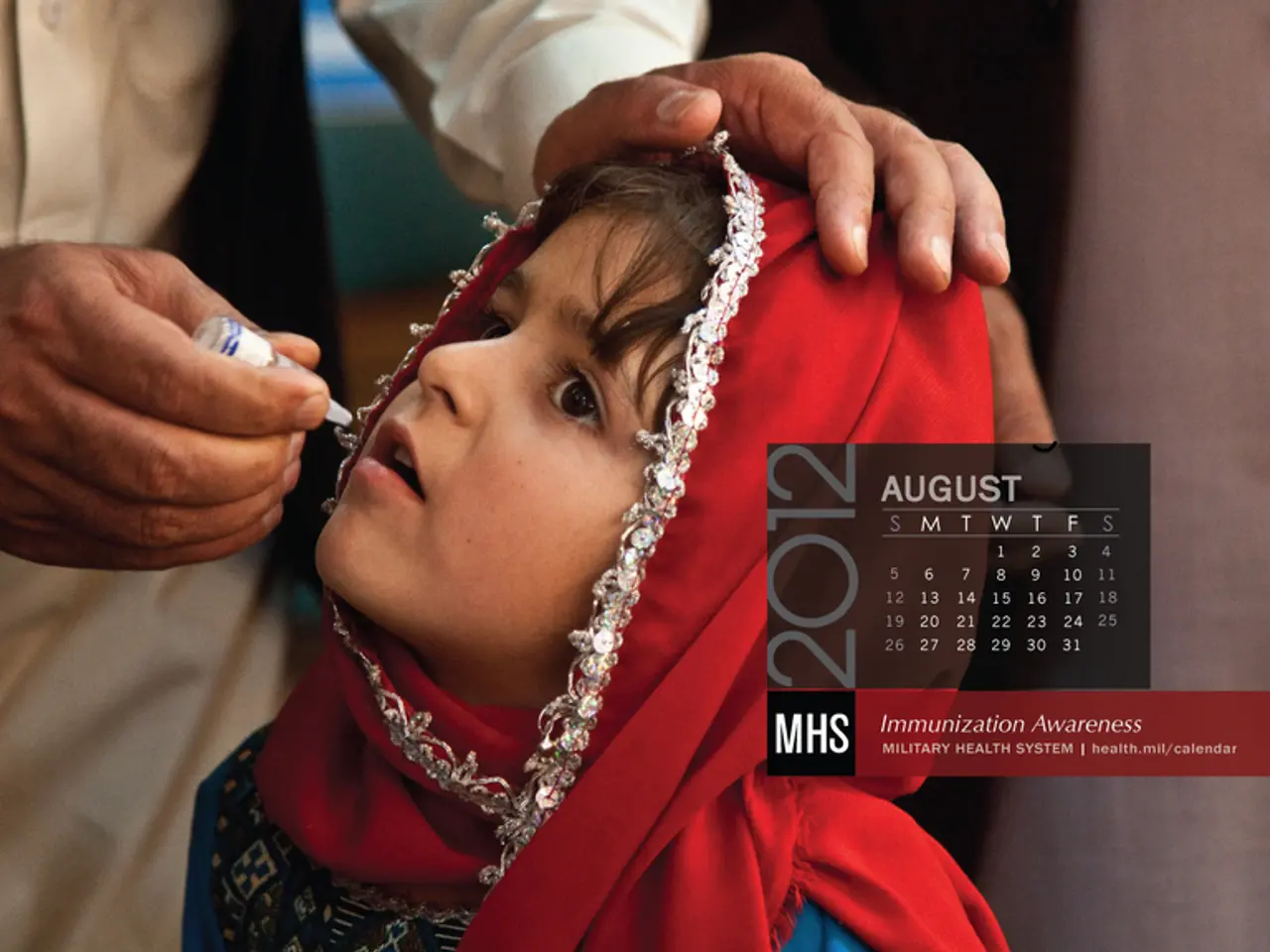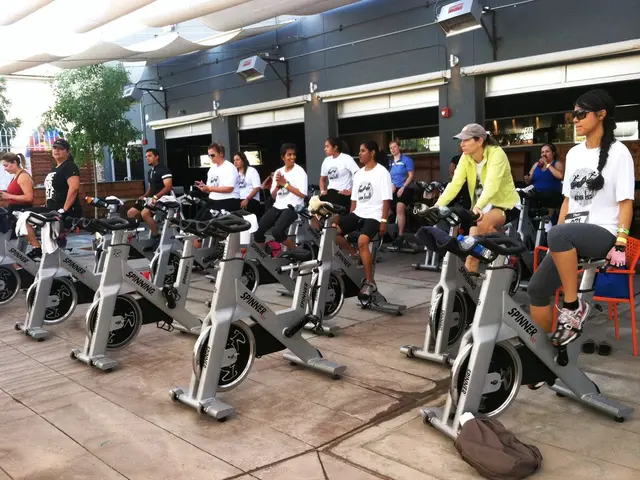A long-eradicated ailment may be making a resurgence.
Polio, a potentially deadly virus that attacks the central nervous system, has been detected in the sewage of major cities in Germany, raising concerns among health experts. The Robert Koch Institute (RKI) reports that it is increasingly likely that the virus, which causes polio, is being transmitted between people in Germany.
The reappearance of poliovirus in sewage primarily reflects gaps in vaccination coverage and the global challenge of managing vaccine-derived poliovirus (cVDPV). cVDPV emerges when the weakened virus used in oral polio vaccines circulates for an extended period in under-immunized populations, mutates, and regains the ability to cause paralysis.
In Germany, some areas have reported polio vaccination coverage as low as 40%, significantly increasing the risk of virus transmission and environmental presence. This suboptimal vaccination rate could lead to undetected infections in about 200 cases for each detected case.
The basic immunization recommended by the STIKO includes three vaccine doses at the ages of two, four, and eleven months, with a single booster vaccination at the age of nine to sixteen years. However, only about 21 percent of one-year-olds in Germany are fully vaccinated against polio, although basic immunization should be completed by the age of twelve months.
Not or not fully vaccinated people can rarely become infected with polio. The virus is usually excreted in the stool and is transmitted from person to person through contact or rarely through droplet infection. Fully vaccinated people do not have to worry about getting sick but can still become infected and spread the pathogen, posing a risk to unvaccinated people.
The potential public health implications are serious. The risk of outbreaks is significant, especially in communities with suboptimal vaccination coverage. Detection in sewage signals that the virus is circulating silently and could lead to paralytic polio cases.
Health authorities urge heightened vigilance and booster vaccinations, particularly for high-risk groups such as immunocompromised individuals, travelers, and areas with low immunization rates. Testing sewage provides a critical tool to detect poliovirus circulation before clinical cases emerge, allowing early public health responses to prevent outbreaks.
The RKI advises closing vaccination gaps in childhood and adolescence as soon as possible. It emphasizes the importance of vaccination in protecting against polio and preventing its spread. Before the introduction of protective vaccinations in the 1950s, there were thousands of cases and hundreds of deaths from polio each year in Germany alone.
It is important to note that live polio vaccines, not used in Germany since 1998, can cause polio outbreaks due to the excretion of vaccine-derived polioviruses for several weeks after vaccination. However, the RKI has emphasized that polioviruses have not been proven to be transmitted between people in Germany, and no cases have been reported.
In summary, prompt public health interventions, including booster immunization campaigns and ongoing environmental surveillance, are essential to prevent a resurgence of polio in Germany and other affected countries. Maintaining high vaccination rates is crucial to prevent polio outbreaks and protect public health.
- The detection of poliovirus in German sewage highlights the importance of community policy regarding vaccination coverage.
- Science plays a crucial role in monitoring and addressing the challenge of managing vaccine-derived poliovirus (cVDPV).
- sleep is of little significance in the context of the poliovirus transmission and environmental presence.
- Workplace-wellness programs might include information about the importance of vaccination for preventing polio.
- Medical-conditions such as immunocompromised states heighten the risk of susceptibility to poliovirus infection.
- Chronic diseases like cancer or respiratory conditions may not directly relate to poliovirus transmission, but their management could be influenced by overall health and wellness.
- Digestive-health issues might not be directly associated with poliovirus, but maintaining a strong immune system through proper nutrition is beneficial.
- Eye-health, hearing, and skin-care may not have a direct connection to poliovirus, but overall health can impact these aspects.
- Fitness and exercise, health-and-wellness, and mental-health are essential aspects for maintaining a strong and resilient immune system, which can help prevent poliovirus infection.
- Sexual-health may not have a direct relation to poliovirus, but overall physical health contributes to general wellbeing and disease resistance.
- Autoimmune-disorders, ageing, and men's-health may not have a direct connection to poliovirus, but they are important considerations in overall health management.
- Skin-conditions may not be directly related to poliovirus, but preventive measures, such as hand-washing, can contribute to reducing its transmission.
- Therapies and treatments for neurological disorders, weight-management, cardiovascular-health, and medicare services may not have a direct connection to poliovirus, but they play a role in overall health and wellness, which can help prevent infectious diseases.
- CBD, while not directly related to poliovirus, is often used for various health concerns, emphasizing the importance of maintaining overall wellness to combat potential health threats.




